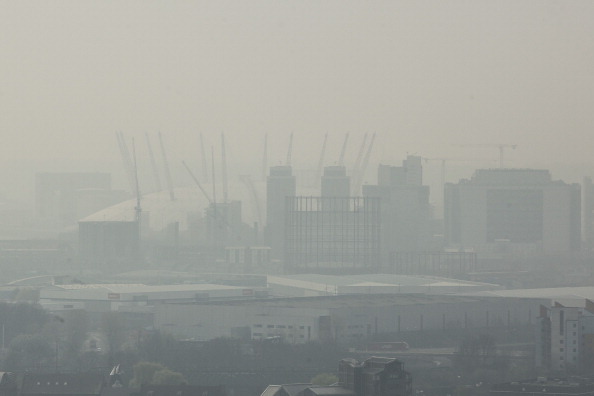Last month EPA implemented new gasoline regulations requiring the last microscopic bits of sulfur to be removed from fuel. The Tier 3 standard is likely to hit consumers and burden the economy while providing, at best, negligible benefit.
Writing for the Jefferson Policy Journal, Paul Driessen makes a number of important points about the potentially onerous effects of the new regulation. Driessen starts by underscoring how unnecessary the new standard is:
- 99 percent of the pollutants that used to come out of vehicle tailpipes have been eliminated since 1970, when the Clean Air Act was passed, according to air quality expert Joel Schwartz.
- Under Tier 2 rules, refiners reduced sulfur in gasoline from an average of 300 parts per million (ppm) to 30 ppm – a 90 percent drop – since 2004.
- Volatile organic pollutants were expected to fall 62 percent by 2022 under Tier 2, according to an Environ International study, while carbon monoxide (51 percent) and nitrous oxides (80 percent) also were projected to decline.
The new rule requires reducing sulfur content from 30 ppm to 10 ppm, which Environ says will result in negligible gains in air quality. Driessen:
Industry sources say the Tier 3 rules will require $10 billion in upfront capital expenditures [Baker & O’Brien study], an additional $2.4 billion in annual compliance expenses, significant increases in refinery energy consumption and greenhouse gas emissions, an extra 5-9 cents per gallon in manufacturing costs, which will certainly hit consumers at the pump. But regardless of their ultimate cost, the rules will reduce monthly ozone levels by just 1.2 parts per billion during rush hour, says Environ. That’s equivalent to 12 cents out of $100 million or 1.2 seconds out of 32,000 years. These minuscule improvements could not even have been measured by equipment existing a couple decades ago. Their contribution to improved human health will be essentially zero.
Driessen writes that according to various studies (here and here) EPA regulations have imposed billions of dollars in annual impacts on the U.S. economy, with estimates of total compliance costs for all federal regulations approaching $2 trillion a year. These costs affect employment and slow job creation, negatively impacting the quality of life of millions of Americans.
Tier 3 is one of the most recent examples of regulatory overreach. Driessen:
Like all too many rules emanating from EPA these days, the gasoline regulations are a case study in how America’s economy, jobs, living standards, health and welfare are being pummeled by government practices.
By Mark Green
Originally posted April 11th, 2014
Energy Tomorrow is brought to you by the American Petroleum Institute (API), which is the only national trade association that represents all aspects of America’s oil and natural gas industry. Our more than 500 corporate members, from the largest major oil company to the smallest of independents, come from all segments of the industry. They are producers, refiners, suppliers, pipeline operators and marine transporters, as well as service and supply companies that support all segments of the industry

